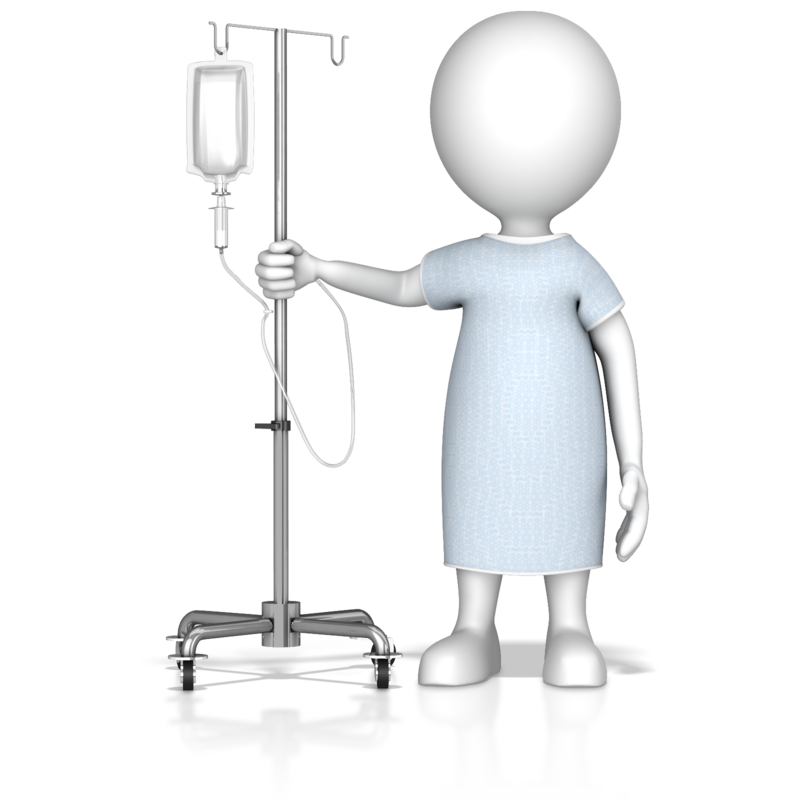12th April 2022, Dr Chee L Khoo

We continue to see “routine” antibiotic cover for many surgical procedures. It is not uncommon to see antibiotic prophylaxis used in major surgery like open heart surgery, joint replacement surgery and bowel surgery but the list extends to sinus surgery, routine orthopaedic surgery and not that uncommonly, plastic reconstructive surgery. This is despite international guidelines stating that for clean and clean-contaminated procedures (explicitly including any prosthetic joint arthroplasty with or without a drain, additional prophylactic antimicrobial doses should not be administered after the surgical incision is closed in the operating room. In other words, apart from intra-operative use of antibiotics within the first 24 hours, the evidence is poor on ongoing antibiotic use after that.
“It’s better to be safe than sorry, isn’t it?” Is there a downside to the inappropriate use beyond the 24 hours? The US guidelines recommend that surgical antibiotic prophylaxis be initiated within 1 hour prior to incision and discontinued within 24 hours postoperatively for most procedures and within 48 hours for cardiac surgery (1,2). These guidelines were based on strong clinical trial data demonstrating that administration of antibiotics after skin closure does not lead to additional risk reduction. 2017 updates from the American College of Surgeons and the Surgical Infection Society state that antibiotics should be discontinued after skin closure following most procedures but that the optimal duration for surgical prophylaxis remains unknown for others, including cardiac procedures and procedures with foreign body placement (3,4).
Apart from nephrotoxicity of some antibiotics (vancomycin and aminoglycosides), antibiotic exposure increases the risk of clostridium difficile infection. There are studies that suggest that among patients undergoing cardiac surgery, duration of surgical prophylaxis may be a major contributor to postoperative C difficile infection (5-7).
Branch-Elliman W et al (2019) explored whether the type and duration of antibiotic prophylaxis affect postoperative outcomes (1). They examined a cohort of 79 058 veteran patients undergoing major cardiac, orthopaedic total joint replacement, colorectal, and vascular procedures between October 1, 2008, and September 30, 2013. The outcome variables of interest were 30-day SSI, 7-day incidence of acute kidney injury (AKI) and 90-day incidence of C difficile infection. There were 21 396 cardiac procedures [27.1%], 38 675 orthopaedic procedures [48.9%], 10 810 colorectal procedures [13.7%], and 8177 vascular procedures [9.4%]). 27.3% of patients had diabetes and 29.1% were active smokers. Most patients received β-lactam-based regimens (54 780 [69.3%]) or vancomycin-based regimens (19 417 [24.6%]) for surgical prophylaxis.
What did they find?
Antibiotic courses lasting more than 24 hours did not lead to reductions in surgical site infection (SSI) among any of the surgical types evaluated. Among cardiac procedures, there was a reduction in SSI among patients who received vancomycin (either alone or in combination with another agent) vs a β-lactam alone (adjusted odds ratio [aOR], 0.7). Similar risk reductions were not identified for other surgical subspecialties. The duration of prophylaxis was independently associated with increasing odds of postoperative AKI and C difficile infection. The risk increased with each additional day of antibiotic exposure.
Use of vancomycin for surgical prophylaxis (alone or in combination) was independently associated with increased odds of AKI following both cardiac procedures (17.1%; aOR, 1.17) and non-cardiac procedures (21.0%; aOR, 1.21). The addition of aminoglycosides to vancomycin was significantly associated with increased AKI risk among patients undergoing noncardiac procedures (76.6%; aOR, 1.77) but was not associated with increased AKI risk among patients undergoing cardiac procedures.
In summary, longer duration of antibiotic prophylaxis did not lead to a reduction of surgical site infection but is associated with increase in AKI and clostridium difficile infection in a duration dependent manner.
References:
- Branch-Elliman W, O’Brien W, Strymish J, Itani K, Wyatt C, Gupta K. Association of duration and type of surgical prophylaxis with antimicrobial-associated adverse events. JAMA Surg. 2019;154(7):590-598. doi:10.1001/jamasurg.2019.0569
- Berríos-Torres SI, Umscheid CA, Bratzler DW, et al; Healthcare Infection Control Practices Advisory Committee. Centers for Disease Control and Prevention guideline for the prevention of surgical site infection. JAMA Surg. 2017;152(8):784-791. doi:10.1001/jamasurg.2017.0904
- Ban KA, Minei JP, Laronga C, et al. Executive summary of the American College of Surgeons/Surgical Infection Society surgical site infection guidelines: 2016 update. Surg Infect (Larchmt) 2017;18(4):379-382. doi:10.1089/sur.2016. 214
- 4. McDonald M, Grabsch E, Marshall C, Forbes A. Single- versus multiple-dose antimicrobial prophylaxis for major surgery: a systematic review. Aust N Z J Surg. 1998;68(6):388-396. doi:10.1111/j.1445-2197.1998.tb04785.x
- 9. Crabtree T, Aitchison D, Meyers BF, et al. Clostridium difficile in cardiac surgery: risk factors and impact on postoperative outcome. Ann Thorac Surg. 2007;83(4):1396-1402. doi:10.1016/j. athoracsur.2006.10.067
- 10. Poeran J, Mazumdar M, Rasul R, et al. Antibiotic prophylaxis and risk of Clostridium difficile infection after coronary artery bypass graft surgery. J Thorac Cardiovasc Surg. 2016;151(2):589-597.e2.
- Balch A,Wendelboe AM, Vesely SK, Bratzler DW. Antibiotic prophylaxis for surgical site infections as a risk factor for infection with Clostridium difficile. PLoS One. 2017;12(6):e0179117. doi:10.1371/journal.pone.0179117
